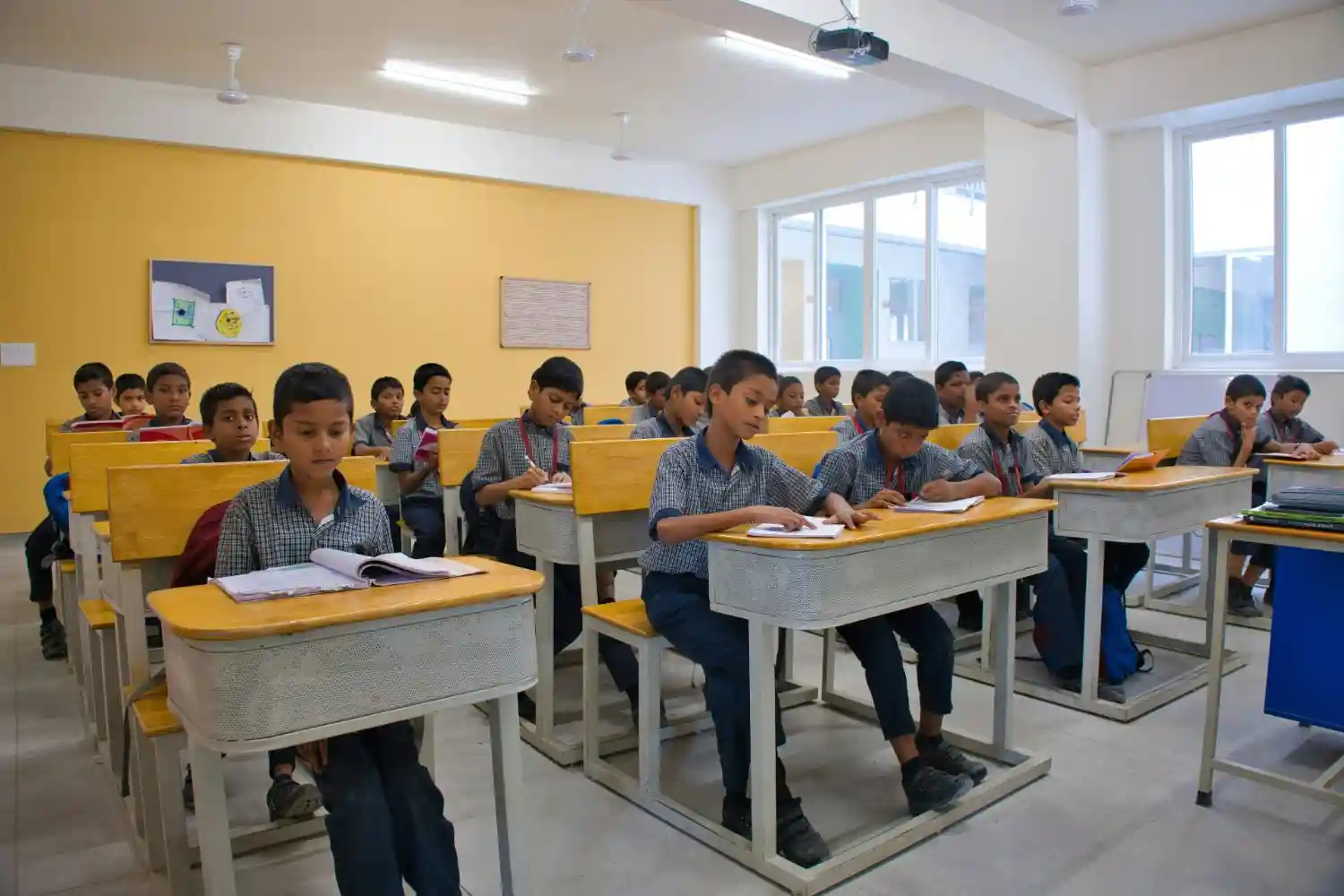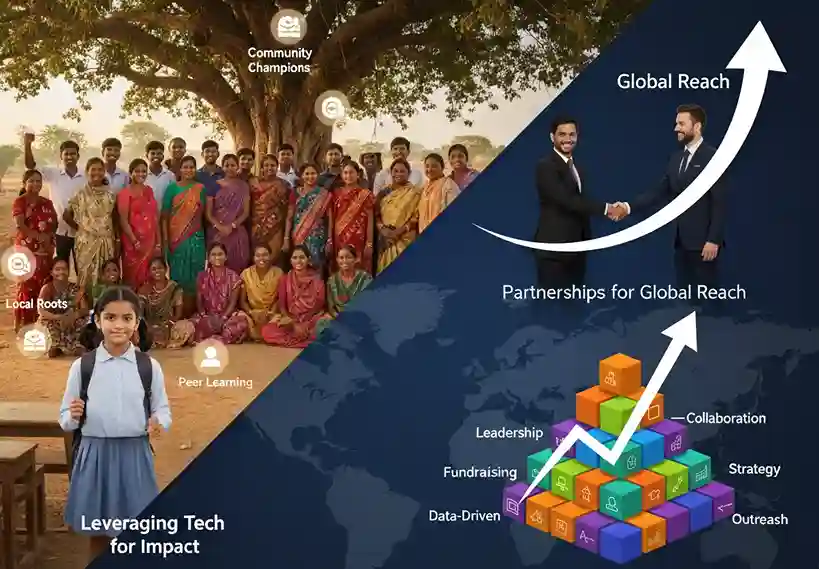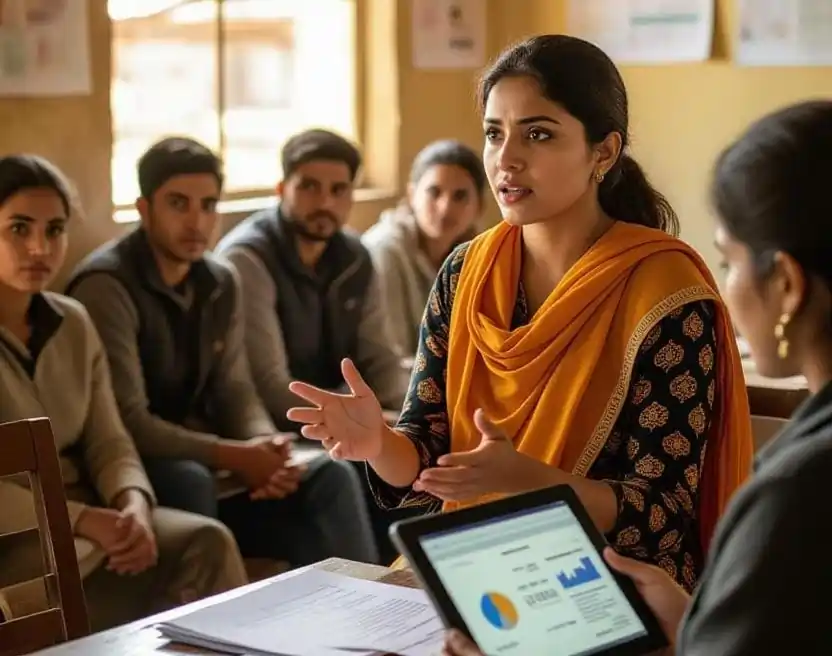Introduction: The Struggle Is Real
You’d think in 2025, with smartphones buzzing in our pockets and apps for literally everything, staying in touch with our kids’ schools would be a breeze. But nope. I still get paper flyers that end up crumpled in Emma’s backpack, or emails buried under a pile of work messages. Teachers are juggling a million things—lesson plans, grading, you name it—and reaching out to parents often gets pushed to the bottom of the list. Meanwhile, I’m trying to balance my job, grocery runs, and keeping my kids from turning the living room into a Lego warzone. Staying on top of school updates? It’s a lot.
Why does this matter? Because when parents like us are involved, our kids do better. The National Education Association says kids with engaged parents are 25% more likely to ace their classes and get along better with others. But when we’re left in the dark, it’s hard to show up the way we want to. The good news? There are tools out there that make effective Parent-School Communication way easier. I’ve tested a bunch, and these 10 have been game-changers for me.
For more on how organizations are supporting education, check out Top 10 Education NGOs in India from the Unessa Foundation—it’s a great read on groups making a difference for kids.
10 Tools That Make Parent-School Communication a Breeze

1. ClassDojo: Like a Window Into Your Kid’s Day
Last year, Emma’s teacher started using ClassDojo, and it was like someone flipped a switch. I’d get these little updates during the day—pictures of Emma presenting her science project or a quick note about how she helped a classmate. I could message her teacher right back, which made me feel like I was actually part of her school world.
Why it’s awesome:
Real-time updates on what’s happening in class
Photos and videos of your kid’s work
Built-in translations for parents who don’t speak English
It’s especially great for families who speak different languages at home. ClassDojo’s one of those parent-school communication tools that just works.
3. Seesaw: Catching Those Little Moments
When Liam’s teacher started using Seesaw, I wasn’t sure what to expect. Then I got a video of him reading a poem in class, and I nearly cried. There were also snapshots of his journal entries, which showed me how much his writing’s improved. It’s like a scrapbook of his school year.
What stands out:
Super easy for parents and kids to use
Kids can share their own work
You can leave comments to cheer them on
Liam lit up when I wrote, “That poem was amazing!” Seesaw makes parent engagement in education feel personal and special.
For more on creating supportive school environments, the Unessa Foundation’s post on Creating a Supportive School Environment for Mental Health has some great tips for educators and parents.
4. Edmodo: Your School’s Version of Facebook
Edmodo feels like a social media feed, but for school stuff. Assignments, announcements, discussions—it’s all in one spot. No more hunting through my inbox for that one email about the book fair. It’s secure and totally focused on school.
Why it’s great:
Everything’s organized in one place
Supports class discussions
Safe and school-friendly
If your school’s on Edmodo, give it a try. It’s a solid pick for effective school communication.
5. Google Classroom: Weekly Summaries That Save the Day
I didn’t know Google Classroom was for parents until Emma’s teacher told me about Guardian Summaries. Every week, I get an email breaking down:
What assignments Emma’s working on
Anything she missed
What’s due soon
It took me three minutes to set up, and now I’m always in the loop without feeling overwhelmed.
6. SchoolMessenger: Alerts That Actually Work
Our school district switched to SchoolMessenger, and it’s been a game-changer. I get updates through texts, calls, emails, or app notifications—whatever I choose. I tweaked the settings to only get what I need, so I’m not drowning in alerts.
Why it’s cool:
Works across multiple channels
You pick how you want to be notified
Great for big district-wide updates
If your school uses this, spend a few minutes setting it up. It’s one of the most flexible school communication apps out there.
7. Bloomz: A Little Bit of Everything
Bloomz is like the Swiss Army knife of school apps. It handles updates, event RSVPs, behavior tracking, and even volunteer sign-ups. I once signed up for a PTA event while waiting at the grocery store. It’s also got fun stuff like classroom photos and little shout-outs for kids’ achievements.
What I love:
Does pretty much everything
Shares classroom moments
Makes volunteering easy
Bloomz makes parent-school communication feel fun and connected.
8. ParentSquare: No Family Left Behind
When our school started using ParentSquare, I was blown away by how inclusive it is. It translates messages into over 100 languages, so every parent can stay in the loop, no matter what language they speak or how tech-savvy they are. Plus, I can sign permission slips right in the app—no more lost forms in Liam’s backpack!
Standout features:
- Automatic translations
- Digital permission slips
- Event and volunteer tools
ParentSquare is a champ at inclusive school communication. For more on engaging diverse families, check out 7 Proven Strategies for Engaging Underprivileged Families in Education from the Unessa Foundation.
9. Canva: Flyers That Don’t End Up in the Trash
Our teachers started using Canva for newsletters and event flyers, and let me tell you, they’re actually fun to read. Instead of boring emails, I get colorful, easy-to-read updates that catch my eye. It’s super simple for teachers or PTA folks to use, too.
Why it’s great:
Eye-catching designs
Easy for anyone to create
Shareable through email or apps
If you’re on the PTA, try Canva. It’s a game-changer for school communication tools. The Unessa Foundation’s post on The Power of NGO Websites talks about using visuals to engage communities, and Canva fits right into that approach.
10. Trello or Airtable: Keeping Everything Organized
Last year, our PTA used Trello to plan a fundraiser, and it was a lifesaver. We could see who was doing what, add ideas, and sign up for tasks—all in one place. Airtable is similar but fancier if you need to track more details.
What they’re good for:
Planning field trips
Organizing book fairs
Managing volunteer schedules
These tools make group projects actually work, boosting parent engagement in education.
Why This Stuff Matters
Good communication isn’t just about knowing when the next bake sale is. It’s about feeling like you’re part of your kid’s school life. When parents are in the loop, kids do better—plain and simple. A 2024 Harvard study found that kids with involved parents score 15-20% higher on tests. Schools with strong communication also see fewer kids skipping class (about 10% less, according to research). Plus, when teachers and parents are on the same page, kids feel supported and confident.
I recently learned about the Unessa Foundation, a group that’s all about helping kids get the education they deserve. They provide books, tech, and support to kids in underserved areas, which helps parents like us stay connected with schools. Their post on Top 10 Child-Focused NGOs in India highlights organizations making a real impact for kids.
If you’ve got a spare moment, check out their website and maybe toss in a small donation—it’s a great way to support kids who need it most.
What’s Getting in the Way?
So why is parent-school communication still so tricky? Here’s what I’ve noticed:
1. Too Much Noise
Between emails, texts, and apps, it’s easy to miss important updates. Some schools use a bunch of platforms, which just makes things messier.
Fix it: Schools should pick one or two tools, like ParentSquare or Bloomz, and stick to them. Clear rules about how updates are shared help, too.
2. Language and Tech Barriers
Not every parent speaks the school’s main language, and some don’t have reliable internet or know how to use apps.
Fix it: Tools like ParentSquare translate messages automatically, and schools could offer quick tech workshops.
The Unessa Foundation also runs programs to help families get comfortable with tech—donating to them can support this kind of work. Their article on Building Supportive Educational Ecosystems has great ideas for inclusive communication.
3. No Time
Teachers are swamped, and parents are, too. Between work and life, communication often slips.
Fix it: Automate stuff with tools like Remind or Google Classroom’s summaries to save everyone time.
4. Teachers Need Help
A lot of teachers aren’t trained on how to use these tools well, so they stick to what they know—like emails or paper notes.
Fix it: Schools should offer training on tools like ClassDojo. PTAs can push for this, too. The Unessa Foundation’s post on Why I Believe Community Involvement in Education Changes Everything explains how communities can advocate for better school systems.
How Schools Can Step Up
Schools have a big role to play in making communication better. Here’s what I think works:
1. Pick One Tool
Choose something like ParentSquare or Bloomz to keep everything in one place. It cuts down on confusion.
2. Make a Calendar
Share a monthly schedule of events and deadlines. Canva can make it look nice and easy to read.
3. Reach Everyone
Use tools with translations, like ParentSquare, to include all families. Partnering with groups like the Unessa Foundation can help, too—their work supports inclusive education, and a small donation can go a long way. Their article on Empowering Communities: Role and Impact of Unessa Foundation shows how they’re making a difference.
4. Keep It Two-Way
Tools like Remind let parents talk back. Schools should encourage that and actually listen.
5. Celebrate the Wins
Share kids’ achievements on Seesaw or Bloomz. It keeps parents excited and builds a tight-knit community.
How Parents Can Make a Difference
We’re not helpless here. Here’s how I’ve pushed for better communication:
1. Get in on the PTA
PTAs can nudge schools to try tools like ParentSquare or run workshops on apps like ClassDojo.
2. Speak Up
Ask teachers or principals what tools they use and why. Share what you need as a parent.
3. Spread the Word
Share this post with your school or PTA. The more we talk about tools like Remind or Seesaw, the more likely schools will use them.
4. Support Kids’ Education
Groups like the Unessa Foundation are doing awesome work to make sure all kids have access to great schools.
A quick visit to their site and a small donation can help keep their programs going. Their post on How to Find and Support Local NGOs Near You is a great guide for getting involved.
A Success Story: Sundar Valley International School
There’s this school in Hyderabad, Sundar Valley International School, that nailed it. They started using ParentSquare, Canva, and Remind together. Six months later:
80% of parents were responding to surveys
Parent-teacher meeting turnout jumped 40%
Way more parents showed up to events, and fewer forms got lost
It wasn’t about throwing more tech at the problem—it was about using the right tools smartly. That’s what school communication apps can do.
Community Makes a Difference
Tools are great, but community matters just as much. The Unessa Foundation is a great example—they give kids in need things like books, tablets, and school supplies, which helps parents stay involved. I love that they’re focused on making education fair for everyone.
If you can, swing by their website and consider donating. It’s a small way to make a big difference.
What’s Next for Parent-School Communication?
Looking ahead, I’m excited about where parent-school communication is going:
- AI Helpers: Imagine an app that sums up school updates or schedules meetings for you.
- Custom Alerts: Platforms could send only the updates you care about.
- Virtual Classrooms: Maybe we’ll “visit” our kids’ classes through VR one day.
- All-in-One Apps: Schools might combine tools like ClassDojo and ParentSquare for a smoother experience.
These changes could make staying connected even easier.
Wrapping It Up: It’s About Connection
At the end of the day, I don’t want a flood of messages. I just want to feel like I’m part of Emma and Liam’s school world. I want to know what’s going on without digging through a million emails. I want to feel connected, not lost. With the right parent-school communication tools, our schools can feel like a real community.
So, here’s what I’m doing:
- Asking my kids’ school what tools they use
- Suggesting ones like ClassDojo or ParentSquare
- Sharing this post with my PTA group
- Checking out the Unessa Foundation’s work and maybe sending a small donation their way
Let’s make our schools feel like home. Like I always tell my kids, “Talking builds bridges, but connecting builds families.”
💛 Donate to Support Mental Health Programs 💛
Your donation helps us fund:
- Emotional health toolkits for classrooms
- Training sessions for teachers and caregivers
- Mental health workshops and counseling support
- Art and play therapy sessions for children in trauma
Even a small monthly contribution can fund mindfulness materials, journals, or wellness kits for multiple children.
Want to see how effective digital platforms can amplify NGO impact? Check out The Power of NGO Websites: Examples and Key Elements.



















